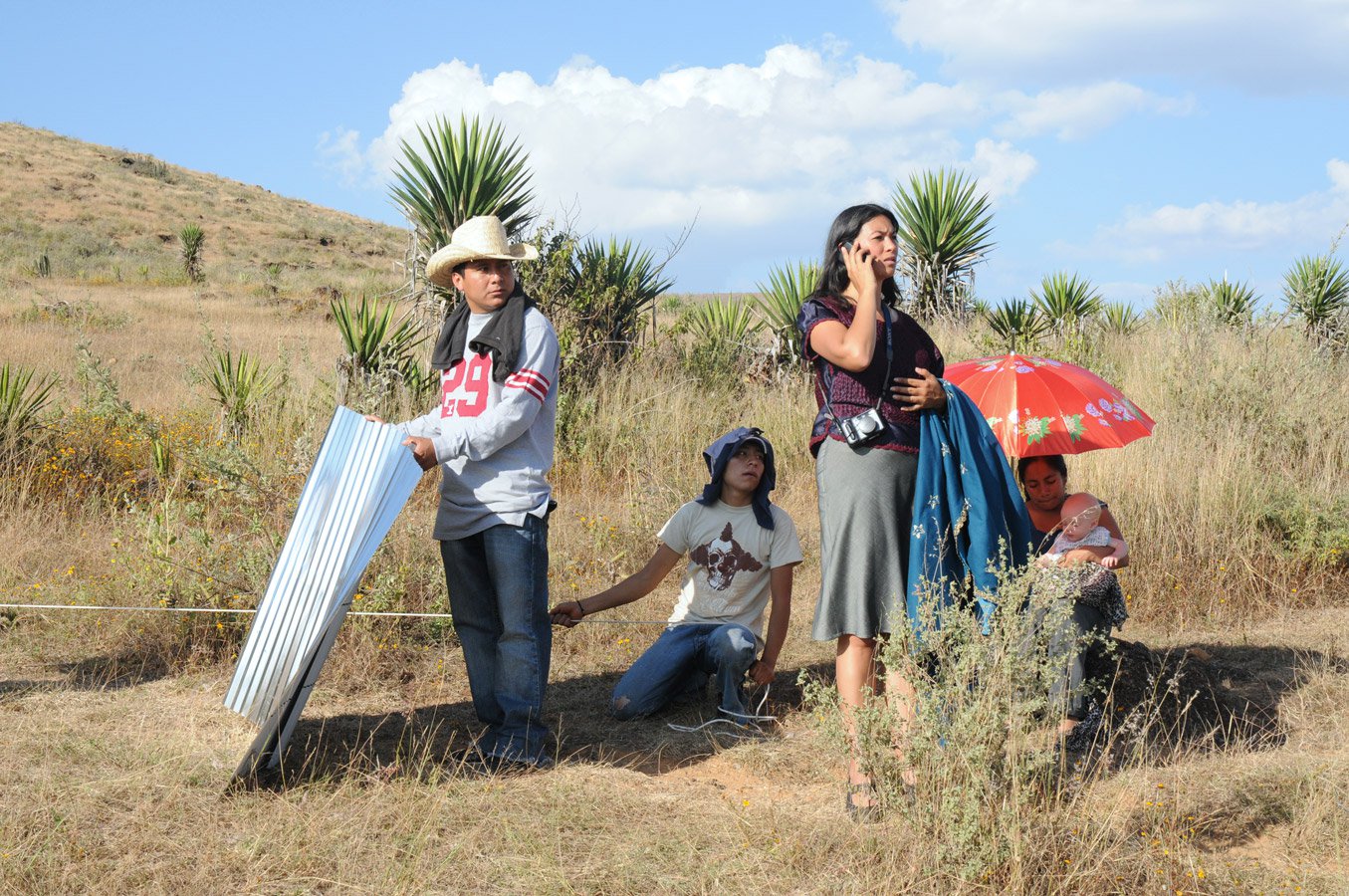
The paper examines a 5-year collaboration between Performing Pictures and Talleres Comunitarios de Zegache. In images and text, we trace the exchange of skills, knowledge, and aesthetic sensibility that took place as these two groups of artists collaborated in producing a series of video animations of venerative objects, against a backdrop of religious, social, and political tensions that characterise everyday life in Zegache. In the article and the accompanying series of three short films, Wonder & Veneration 1-2” edited by Robert Brečević, we examine how the artists negotiate questions of aesthetics and religious belief as their collaboration unfolds within the context of the Zegache community.
You can access the paper online at Journal of Aesthetics and Culture or download a pdf-version and see the films here.
Our art is meant to be the product of communal processes and work-based kinship.
We live and work together with affiliated artisans who are our accomplices or even family members. To document convivial artistic production is not a purpose in itself. From the start, we were reluctant to engage in secondary storytelling about what we do. We relied entirely on short explanatory texts and still images as “proof-of-being-there” for current and future funders and exhibitors – not a direct audience per se. Recording video was an auxiliary function of already working with moving imagery and animation within our projects.
When we were recently commissioned to edit a series of video documentations of our work, we re-approached a rampant material never intended for editing or any kind of compilation. The footage proved to be shaky and crude, non-intentional and unbalanced in attention and dramaturgic build-up. The process of editing such a material is demanding, but as it progressed we discovered other valuable traits. There is an entirely different story that can be told through captured moving images and sound clashing with each other.
Text and still images can't convey the clatter and multi-focused nature of creativity and the purpose of our art is exactly that: to find vernacular skills and disciplines in pre- and post-professional society.
Editing became a process similar to that of panning grubble for small nuggets of gold where the camera just happens to capture something interesting without shaking too much – and to find a consistency in montage with associative links on a clip-to-clip-level.
The end result of this process proved to be as lucid and multi-faceted as the projects themselves. Making three works – (1) a folk-Catholic shrine with a trick-filmed interactive Guadalupe virgin, (2) a puppet-animation of the local patron saint and (3) the construction of a solar-powered chapel--are complex but still straight-forward processes. The films tell the story of artisanal and convivial work as a supreme and collective vehicle for making sense of the world. It is thus important that the films follow the dramaturgy of work: chattery and noisy but always progressing towards a clear goal.